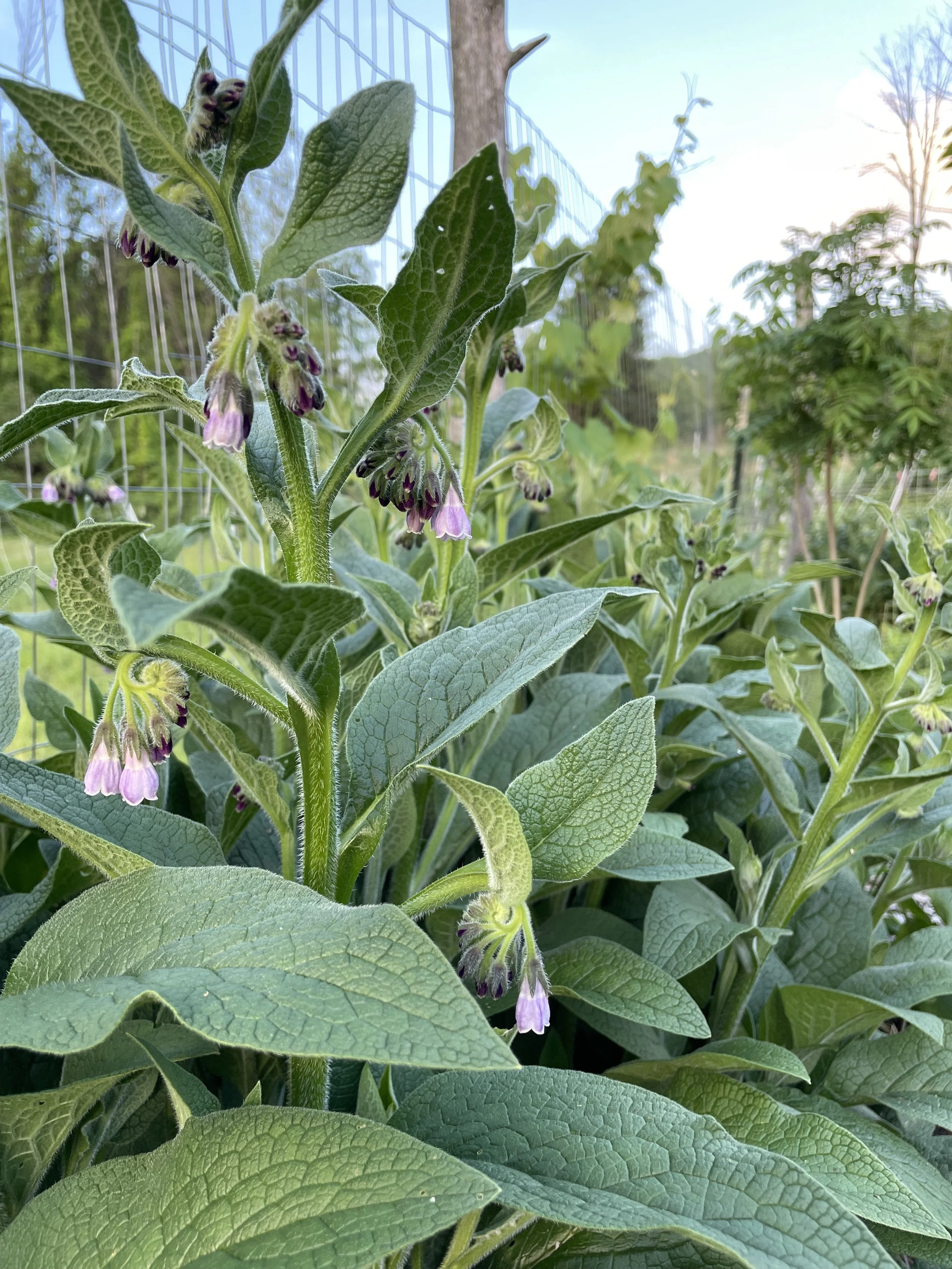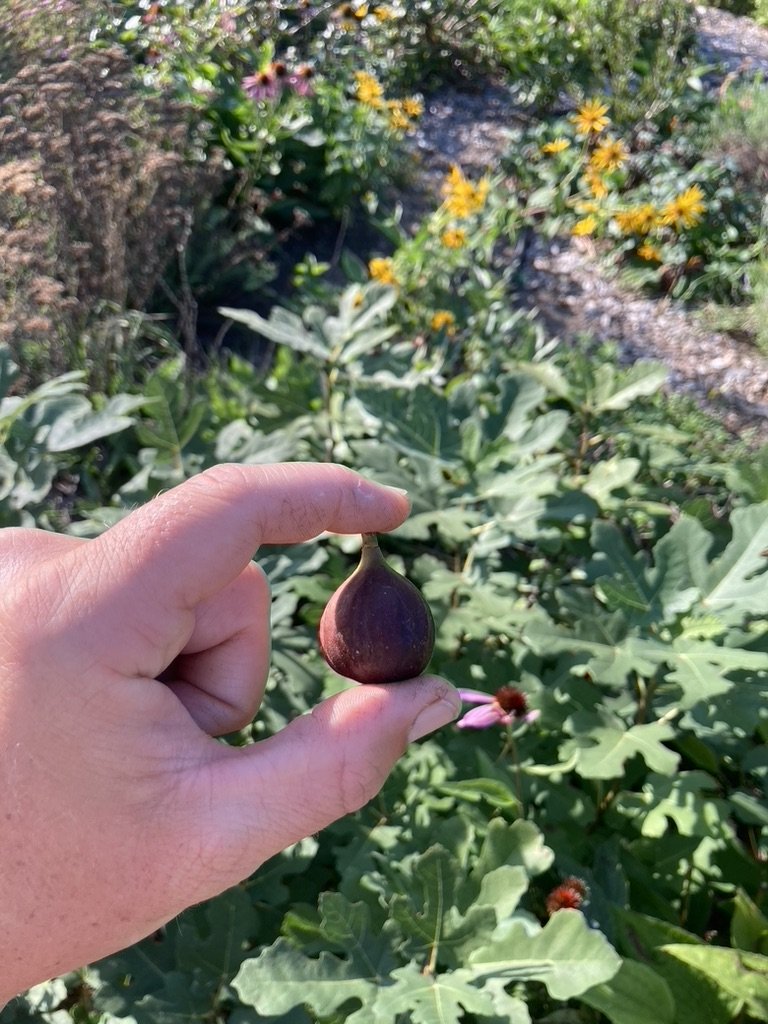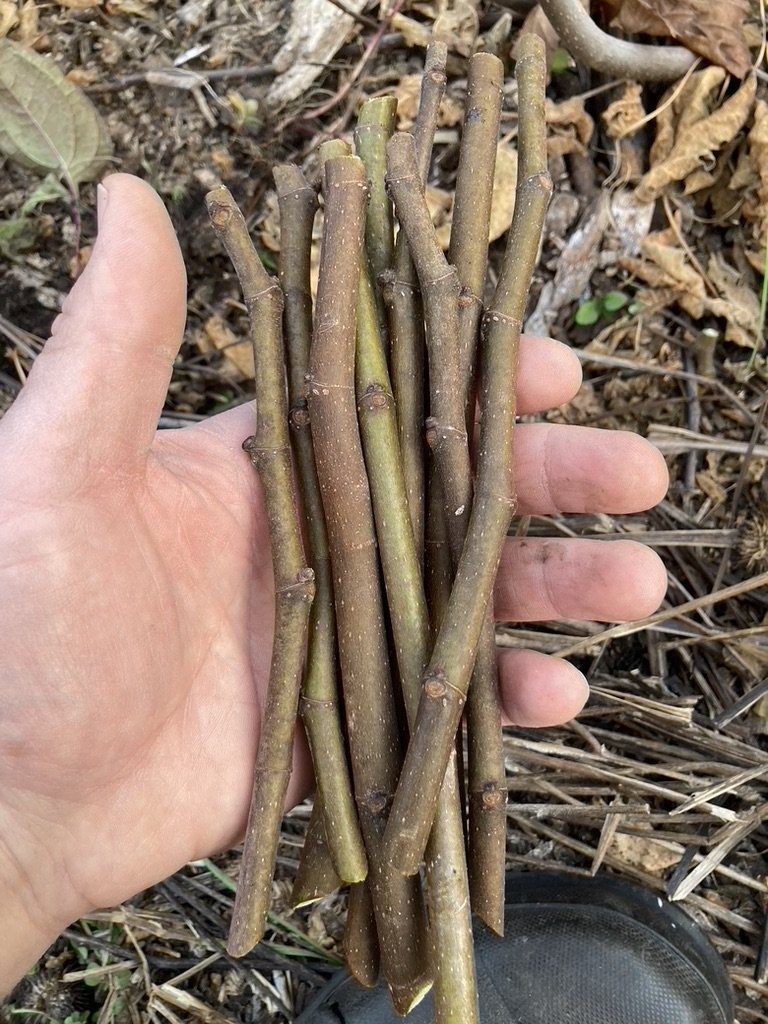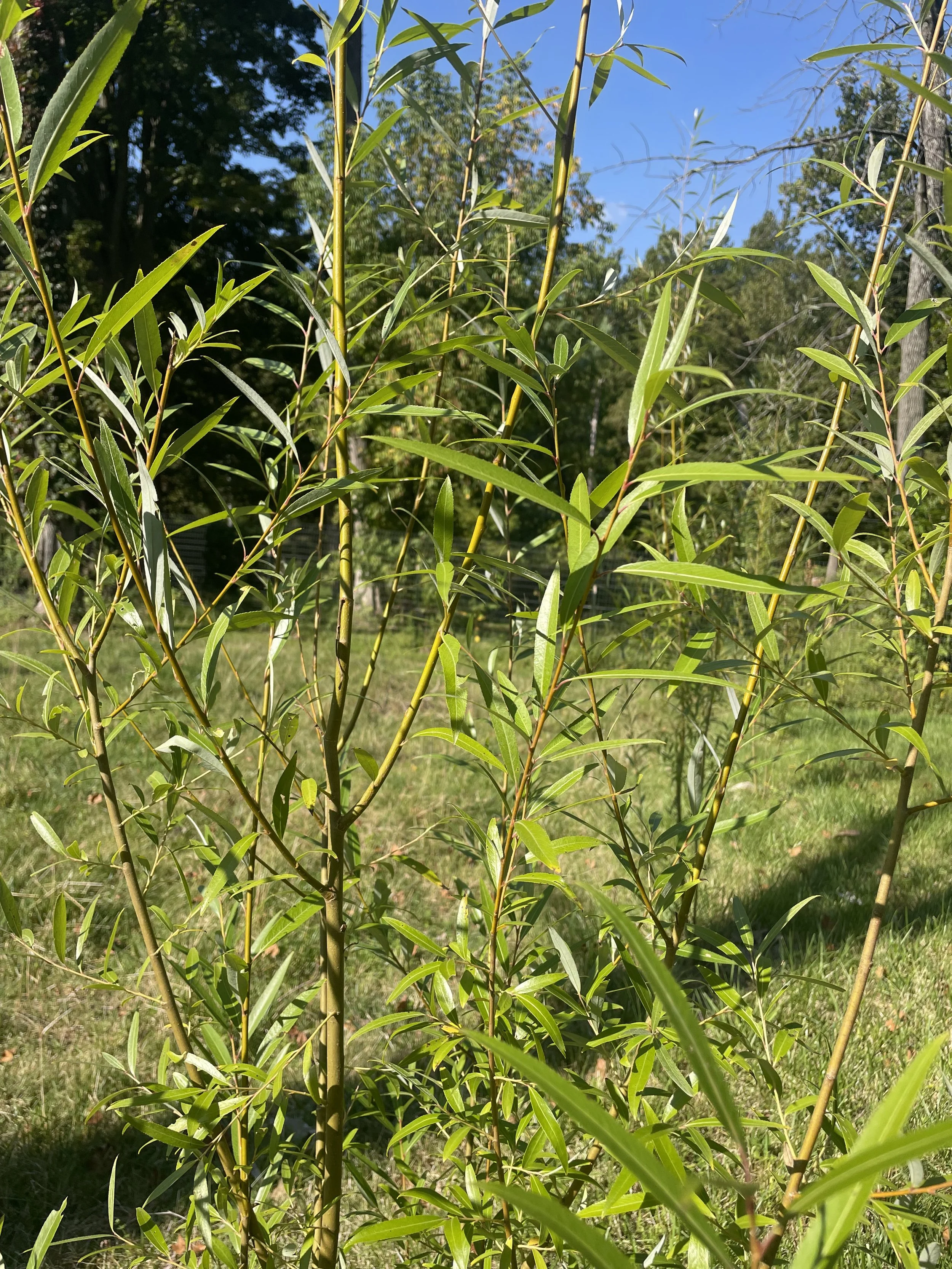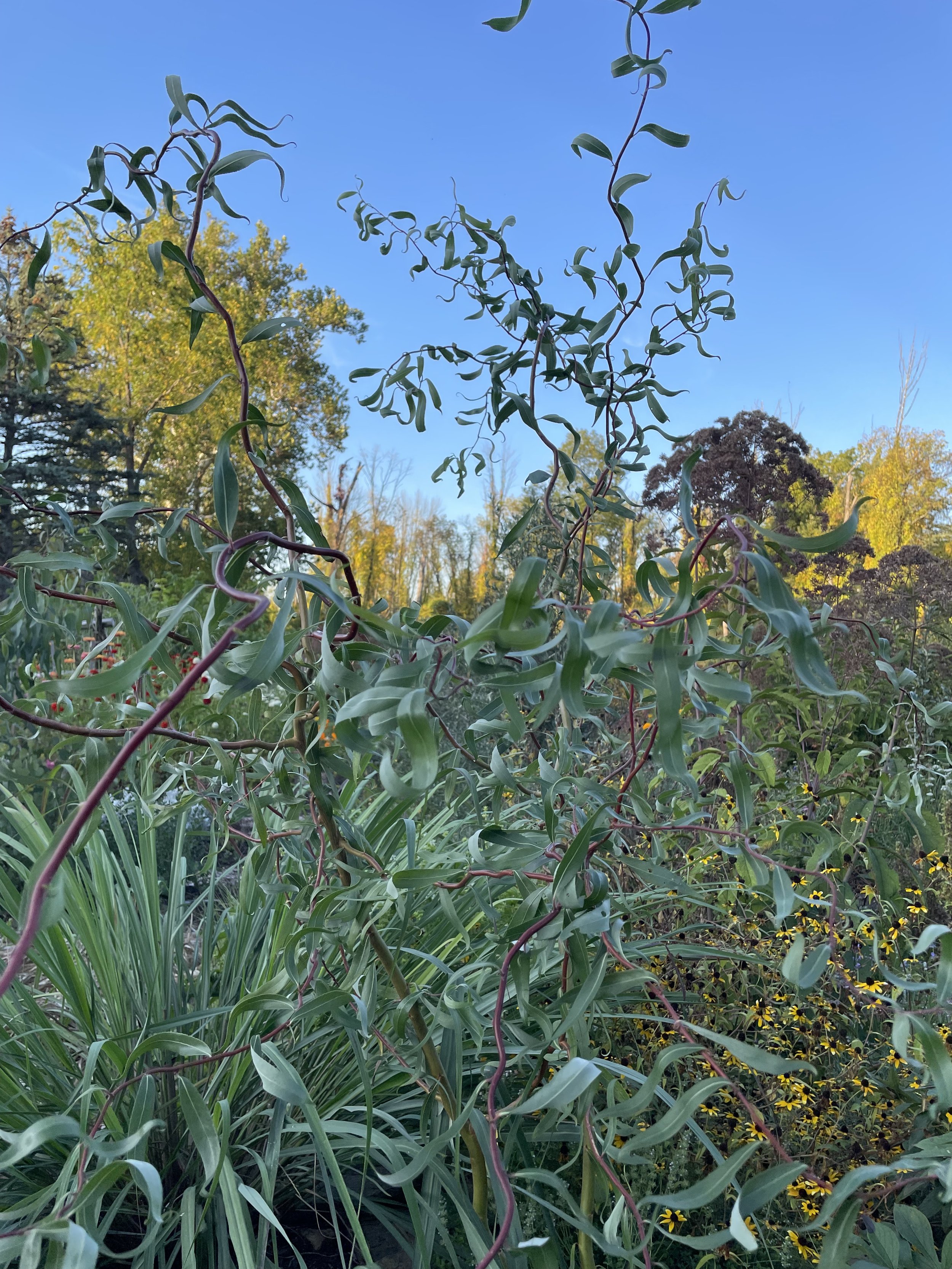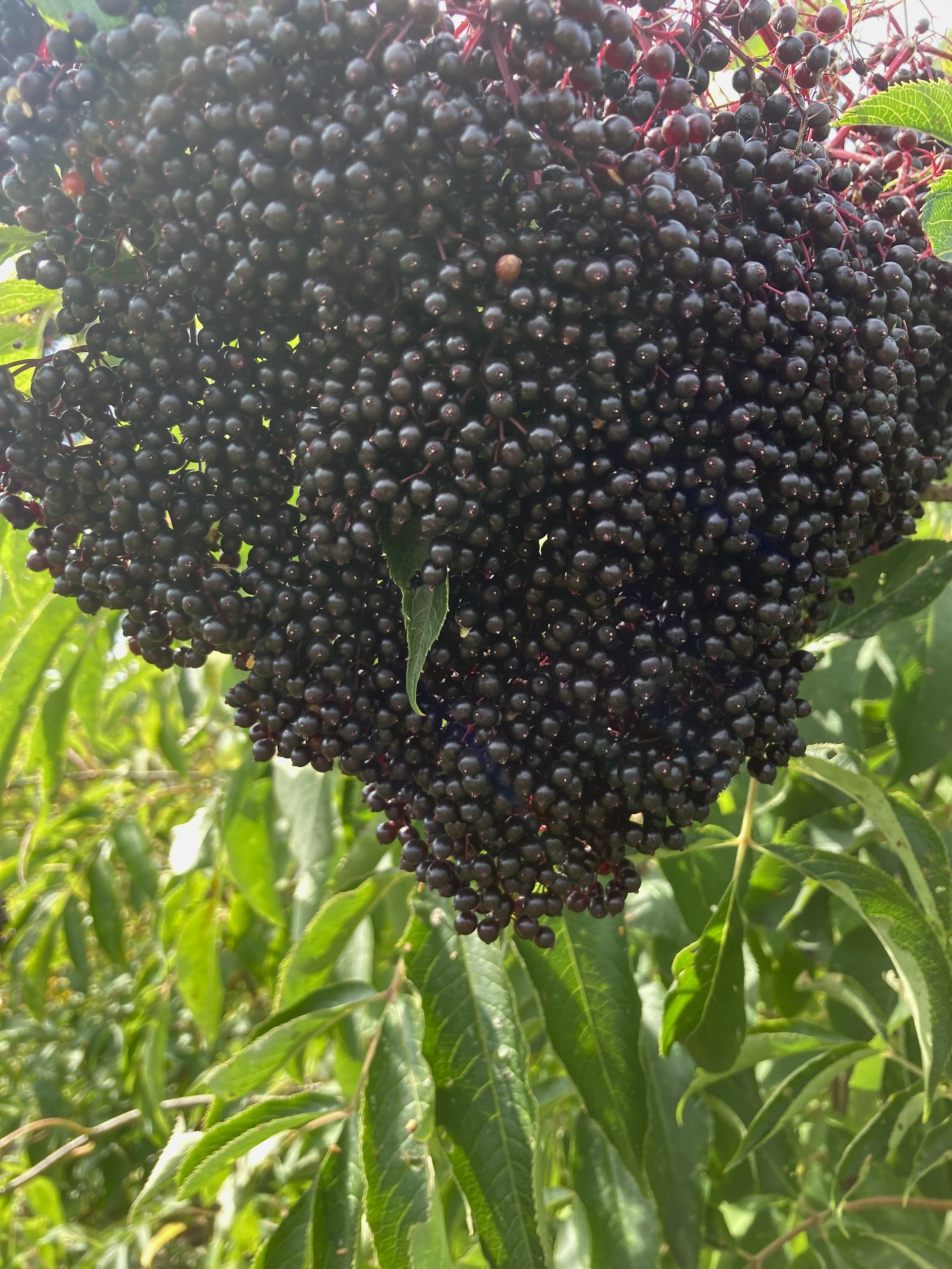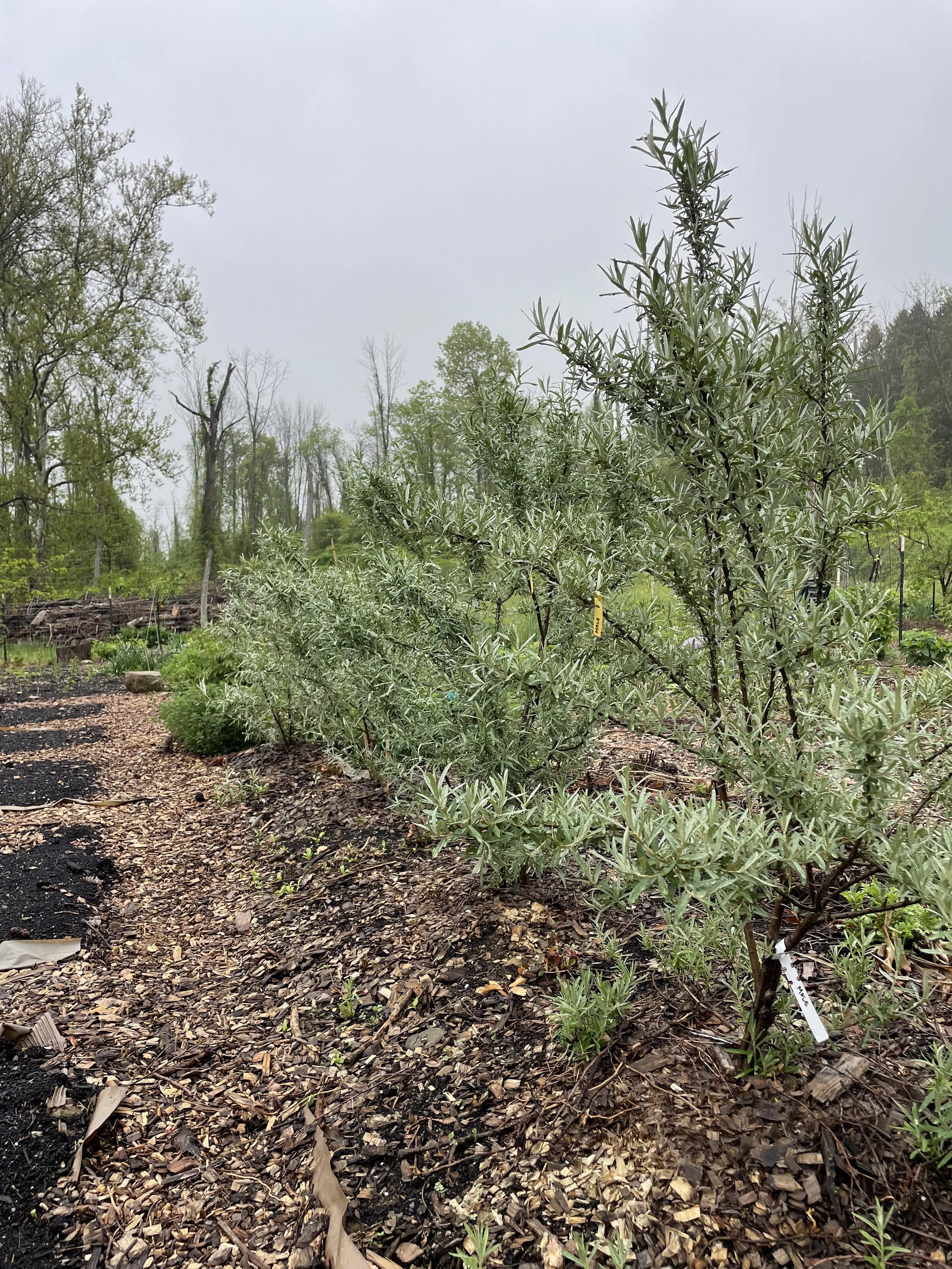 Image 1 of 1
Image 1 of 1


Seaberry (1 Gallon Pot)
(Hippophae rhamnoides)
Seaberry is a rugged, productive, soil-building superfood. In late summer, branches fill up with tangy orange berries that are both nutritious and ornamental. These are extraordinarily hardy, pest resistant plants, tolerant of drought, wind, depleted soils and temperatures as low as -40F. Seaberries fix nitrogen and spread through rhizomes, making them an aggressive pioneer species. Because they become so loaded with small berries, harvesting large quantities is easily done by cutting off and freezing entire branches, then knocking them off in bulk into a large bin. In our area (zone 6b) they are kept in check by the fact that they are completely intolerant of shade, and will struggle to establish or quickly decline in less than full sun. Because they become so loaded with small berries, harvesting can be made easier by cutting off entire branches and freezing them, after which berries can be easily knocked off in bulk into a pillowcase or large bin! Frozen berries are amazing in winter smoothies to add an citrusy, orange flavor. At least one male plant required for pollination.
Star of Altai: Sweet, deep orange berries on an upright, nearly thornless plant.
Sweet Golden: Very large, sweet berries on a compact shrub.
Male: Required for pollination. Can pollinate up to 8 plants.
Flavor profile: Tangy, citrus, tropical, sour, sweet
Hardiness zone: 3-9
Light: Full sun
Soil: Adaptable to any well-drained soil with pH 5.5-7.5
Mature height: 8-12’
Spacing: 3-6’
Pollination: At least one male plant is required for pollination of every 6-8 female plants. Seaberries are wind pollinated, so males should be planted close to female plants, ideally so the prevailing wind carries pollen in their direction.
Planting tips: Choose a site with full sun that is well drained. Seaberries are adaptable but do not tolerate much shade or consistently wet soils. Choosing a location that can be mowed on all sides will also help contain runners, which can begin to sprout 6’ away from the plant after 1-2 seasons - a sign that your seaberry is happy!
We are unable to ship this product outside the contiguous US or to California.
All Winter ‘25-’26 orders are for dormant plants that will be shipped or available for pick up in March-April ‘26.
(Hippophae rhamnoides)
Seaberry is a rugged, productive, soil-building superfood. In late summer, branches fill up with tangy orange berries that are both nutritious and ornamental. These are extraordinarily hardy, pest resistant plants, tolerant of drought, wind, depleted soils and temperatures as low as -40F. Seaberries fix nitrogen and spread through rhizomes, making them an aggressive pioneer species. Because they become so loaded with small berries, harvesting large quantities is easily done by cutting off and freezing entire branches, then knocking them off in bulk into a large bin. In our area (zone 6b) they are kept in check by the fact that they are completely intolerant of shade, and will struggle to establish or quickly decline in less than full sun. Because they become so loaded with small berries, harvesting can be made easier by cutting off entire branches and freezing them, after which berries can be easily knocked off in bulk into a pillowcase or large bin! Frozen berries are amazing in winter smoothies to add an citrusy, orange flavor. At least one male plant required for pollination.
Star of Altai: Sweet, deep orange berries on an upright, nearly thornless plant.
Sweet Golden: Very large, sweet berries on a compact shrub.
Male: Required for pollination. Can pollinate up to 8 plants.
Flavor profile: Tangy, citrus, tropical, sour, sweet
Hardiness zone: 3-9
Light: Full sun
Soil: Adaptable to any well-drained soil with pH 5.5-7.5
Mature height: 8-12’
Spacing: 3-6’
Pollination: At least one male plant is required for pollination of every 6-8 female plants. Seaberries are wind pollinated, so males should be planted close to female plants, ideally so the prevailing wind carries pollen in their direction.
Planting tips: Choose a site with full sun that is well drained. Seaberries are adaptable but do not tolerate much shade or consistently wet soils. Choosing a location that can be mowed on all sides will also help contain runners, which can begin to sprout 6’ away from the plant after 1-2 seasons - a sign that your seaberry is happy!
We are unable to ship this product outside the contiguous US or to California.
All Winter ‘25-’26 orders are for dormant plants that will be shipped or available for pick up in March-April ‘26.

